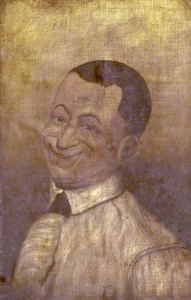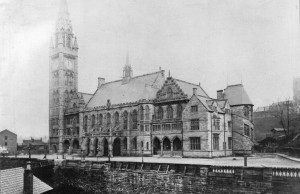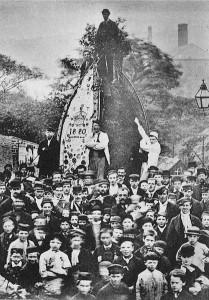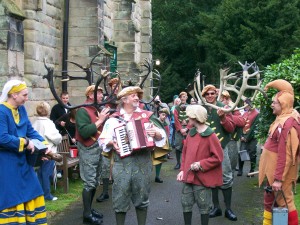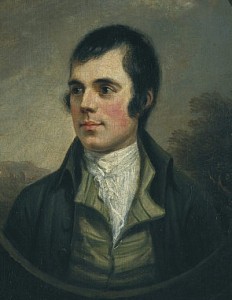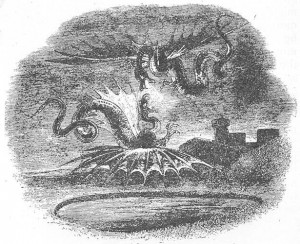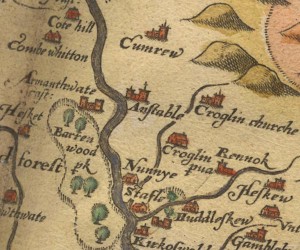Ragnar Lodbrog and Crake Castle.
Ragnar Lodbrok or Lothbrok (Old Norse: Ragnarr Loðbrók, “Ragnar Hairy Breeches“) was a legendary Norse ruler and hero from the Viking Age described in Old Norse poetry and several sagas. In this tradition, Ragnar was the scourge of France and England and the father of many renowned sons, including Ivar the Boneless, Björn Ironside, Halfdan Ragnarsson, Sigurd Snake-in-the-Eye, and Ubba. While these supposed sons appear to be historical figures, it is uncertain whether Ragnar himself existed. Many of the tales about him appear to originate with the deeds of several historical Viking heroes and rulers.

19th century artist’s impression of the execution of Ragnar Lodbrok
So far back as the days of the Saxon and the Dane, there stood, on the well-known prominent hill beyond Easingwold, the Castle of Crake — or Crec, as it was then called. Though situated in the Saxon kingdom of Deira, it belonged, at the time of our story, to Ella, King of Bernicia, the more northern division of Northumbria. It had previously been given to St. Cuthbert, the well-known northern saint, as a resting place on his long journey from Lindisfarne to the south; but Ella, who had little respect either for religion or for right, had seized upon it, and converted it into a fortress in his neighbour’s domains, and its underground dungeons into a prison for those whom he wished to hide from the world.

